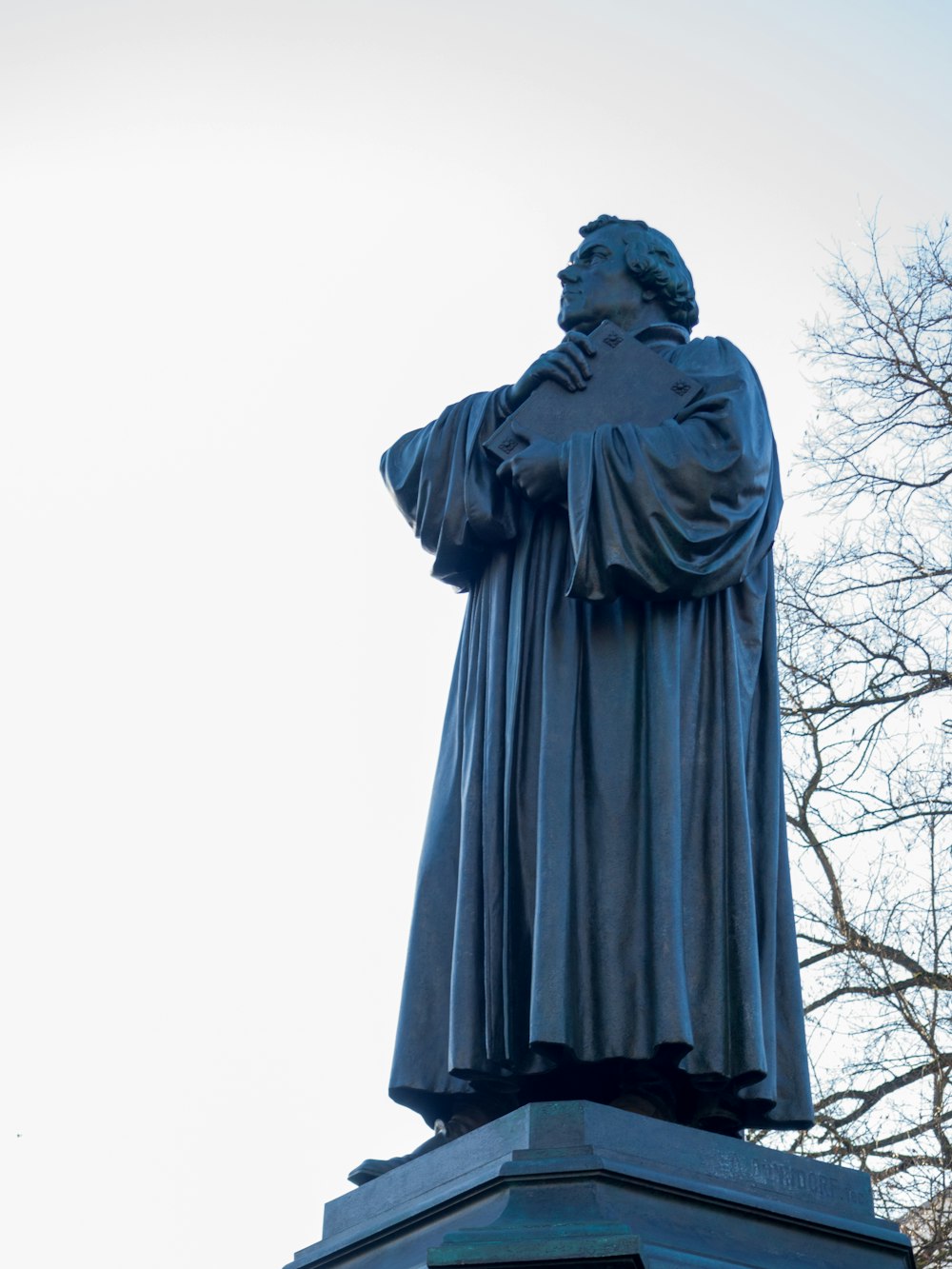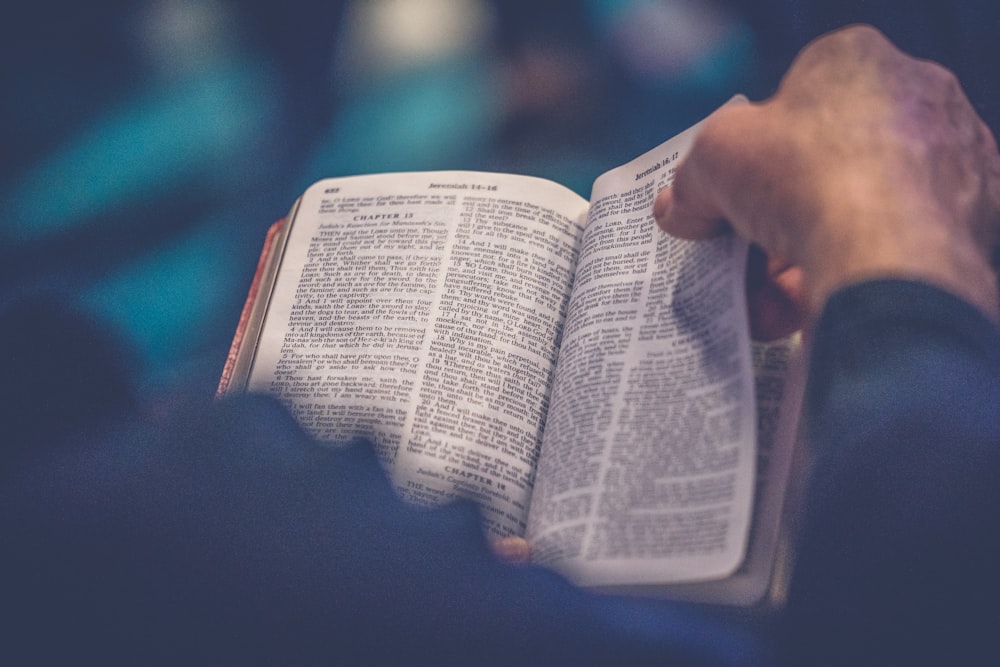We are delighted to share with you our library of resources. You can use the filter feature below to find topics most relevant to your curriculum.
Want to organise the resources you use most in one place? Register as a user to add content to your own Boards.
The English Reformation
How did it come about?

THE ORDINARY PEOPLE'S STORY
There were new ideas about religion spreading across Europe, ideas around dissatisfaction with the Roman Catholic Church. In 1517 Martin Luther, from Germany, put forward his ideas about the church. He famously nailed his '95 Theses' to the door of the church at Wittenberg. These were a list of concerns that he had about the Catholic Church and its practices. These 'theses' were published in pamphlet form and spread across Europe, including England. The people were supported Luther's ideas were known as 'Protestants,' derived from the fact that they protested against the Catholic Church.
You can read more about Martin Luther here.
THE KING'S STORY
Henry VIII didn't actually agree with Martin Luther, so much so that in 1521 he wrote a book called, 'Defence of the Seven Sacraments against Martin Luther.'
But that didn't stop him from changing the religion of England when it suited him later.
Henry VIII was unable to father a son with his wife, Catherine of Aragon. He desperately needed a son to pass the crown down to upon his death. At the time England was a Roman Catholic nation, one which obeyed both the king and the pope.
In order to solve his problem, Henry VIII decided to divorce Catherine and marry Anne Boleyn. However, he needed permission from the pope to divorce. The pope said no! This is partly because the Catholic Church is against divorce, but also because Charles V, the Holy Roman Emperor at the time was in fact Catherine of Aragon's nephew.
In response, Henry decided to get rid of the Catholic Church and change the religion of the country to a new one: the Church of England, also known as the Anglican Church. Between 1532 and 1534 a series of Acts of Parliament were passed, including the Act of Supremacy, which made Henry the head of the Church of England, As head of this new church he did, of course, grant himself a divorce. He went on to marry Anne Boleyn, who gave him a daughter, Elizabeth, who would go on to become Queen Elizabeth I.
EFFECTS ON THE ENGLISH CHURCH
The Monasteries Destroyed
The changes affected every level of society. The churches, which had previously been Catholic, had to change to Church of England and recognise Henry VIII as their head. Many refused to do so, as did the monasteries. This led to the dissolution of the monasteries, where many were destroyed and looted of their valuables.
The Bible in English
Earlier Christian teachers, and their followers, also helped to spread the Reformation. One of the most important was John Wycliffe, who lived in the 14th century. He had pressed for the translating of the Bible into English. He and his followers, the 'Lollards', believed in the importance of reading the Bible in your own language. They also thought preaching was very important and wanted the Church to be reformed. Even well over a century later, there were people who stayed loyal to these beliefs.

He lived on the run, involved in 'cloak and dagger' work to get his Bible printed. And finally, betrayed by an agent of the English authorities, he was imprisoned and executed. But he had by then translated almost all the Bible into English. And the work he did was so well done that later translators 'borrowed' much of his works.
Tyndale was dead, but his translation was sold and read. Reading it helped the cause of reform because the Church that people read about in the English Bible seemed nothing like the version of the Church that they saw around them. In addition, when the State favoured the cause of reform, Henry VIII told scholars to do what he'd once forbidden. He had official Bible translations made, with most of the words in them followed Tyndale's translation, in English. You can read more about William Tyndale here.
One thing is certain, the church in England would never be the same again after the Reformation.
